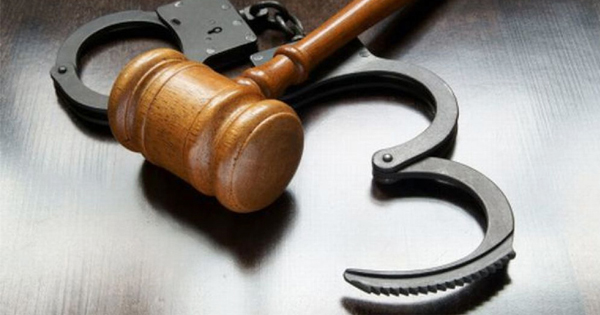
Bail Bond Types: Secured, Unsecured, and More
Bail bonds play a pivotal role in the criminal justice system, providing a mechanism for defendants to remain free while their case is adjudicated. This second part delves deeper into the intricacies of bail bonds, exploring the responsibilities of the parties involved, potential risks, and how to select a trustworthy bail bondsman.
Responsibilities and Risks
When a bail bondsman posts bail, they assume a significant risk. If the defendant does not appear in court, the bondsman is liable for the full bail amount. To mitigate this risk, bondsmen often require collateral, such as real estate, vehicles, or other valuable assets, which can be seized if the defendant defaults.
The defendant also bears responsibilities. They must comply with all court appearances and conditions set by the bail agreement. Failure to do so can result in forfeiture of the bail bond and possible re-arrest. Additionally, any co-signers on the bond, often family members or friends, are also held accountable and may face financial consequences if the defendant absconds.
Choosing a Bail Bondsman
Selecting a reputable bail bondsman is crucial. Given the financial and legal stakes involved, it’s essential to conduct thorough research. Key factors to consider include:
Licensing and Reputation: Ensure the bondsman is licensed and in good standing. Reading reviews and checking with the Better Business Bureau can provide insights into their reliability.
Transparency: A trustworthy bondsman will clearly explain the terms, fees, and obligations involved in the bail bond process. Avoid those who are vague or unwilling to provide written agreements.
Availability: Arrests can happen at any time, so finding a bondsman who offers 24/7 services can be beneficial.
Experience: An experienced bondsman is often more adept at navigating the complexities of the bail system and can provide valuable guidance.
Reform and Criticism
The bail bond system, while providing necessary services, is not without its criticisms. Critics argue that it disproportionately affects low-income individuals who may struggle to afford even the bondsman’s fee. This has led to calls for reform, with some advocating for a reduction or elimination of cash bail in favor of risk assessment tools that evaluate a defendant’s likelihood to reappear in court.
Several jurisdictions have already implemented reforms, aiming to create a more equitable system. For example, New Jersey overhauled its bail system in 2017, virtually eliminating cash bail and replacing it with a risk-based approach. Early results have shown promising reductions in jail populations without compromising public safety.
Conclusion
Bail bonds are a critical yet complex component of the legal system. By understanding the responsibilities, risks, and how to choose a reputable bondsman, defendants and their families can navigate this challenging time more effectively. However, ongoing discussions about reform highlight the need for a system that balances justice with fairness, ensuring that financial constraints do not dictate a person’s freedom while awaiting trial.